With super-resolution imaging, Penn Medicine researchers discovered that cells change the physical structure of their genome when they’re affected by disease
Tag: DNA
New Low-cost Device Rapidly, Accurately Detects Hepatitis C Infection
The entire virus detection process is executed inside a uniquely designed, portable, inexpensive, disposable, and self-driven microfluidic chip. The fully automated sample-in–answer-out molecular diagnostic set-up rapidly detects Hepatitis C virus in about 45 minutes and uses relatively inexpensive and reusable equipment costing about $50 for sample processing and disease detection. The disposable microfluidic chip also offers shorter times for a reliable diagnosis and costs about $2.
RBC Bioscience is Bringing its Lab Automation Solutions to the American Research and Diagnostics Market
Participation Announcement
Study shows HIV speeds up body’s aging processes soon after infection
HIV has an “early and substantial” impact on aging in infected people, accelerating biological changes in the body associated with normal aging within just two to three years of infection.
University of Kentucky Researchers Develop Online Portal to Show How Biases in RNA Sequences Affect Gene Expression
A recent publication from researchers at the University of Kentucky explains the importance of identifying and understanding how differences between tissues and cells alter gene expression without changing the underlying genetic code.
Largest study of domestic cat DNA identifies disease-causing variants in new breeds
Many disease-linked variants are declining in frequency in breeds regularly screened for the marker.
Rutgers Researchers Publish Paper Examining the Structure of Proteins Linked to Diseases
Rutgers researcher, Grace Brannigan, has co-authored a study published in The Proceedings of the National Academy of Sciences (PNAS) that centers around the connection between gene mutations in protein sequences and diseases.

DNA evolves at different rates, depending on chromosome structure
The structure of how DNA is stored in archaea makes a significant difference to how quickly it evolves, according to a new study by Indiana University researchers.
Better understanding of DNA repair protein could lead to novel cancer therapies
Summer is here, and that means more time soaking up the sun for many of us.
Quantum mechanics could explain why DNA can spontaneously mutate
The molecules of life, DNA, replicate with astounding precision, yet this process is not immune to mistakes and can lead to mutations.
Mapping Study Yields Novel Insights into DNA-Protein Connection, Paving Way for Researchers to Target New Treatments
DNA-to-protein mapping could help researchers understand some health disparities.
World’s New Stream Frog Found in Myanmar: Chula Researcher Indicates Its Ecosystem Is Intact
A biologist from the Faculty of Science, Chulalongkorn University working with researchers from Germany and Myanmar has discovered two of the world’s newest stream frogs in Myanmar highlighting the remaining diversity of ecosystems in Southeast Asia and cautions all those involved of the need to conserve our forests before our valuable wildlife become extinct.
New pathway for DNA transfer discovered in tumor microenvironment
University of Notre Dame researchers have discovered another way tumor cells transfer genetic material to other cells in their microenvironment, causing cancer to spread.
Cryo-EM reveals how ‘911’ molecule helps fix damaged DNA
GRAND RAPIDS, Mich. (March 21, 2022) — When something goes wrong during DNA replication, cells call their own version of 911 to pause the process and fix the problem — a failsafe that is critical to maintaining health and staving off disease.
Humans hastened the extinction of the woolly mammoth
New research shows that humans had a significant role in the extinction of woolly mammoths in Eurasia, occurring thousands of years later than previously thought.
Neutrons take a deep dive into water networks surrounding DNA
Using neutron experiments at Oak Ridge National Laboratory, a research team led by Vanderbilt University successfully captured the most detailed view to date of water’s hydrogen bonding patterns around DNA, opening new possibilities for studying how water impacts DNA function.
What’s down there? WHOI study shows environmental DNA is a reliable way to learn about migration from the ocean twilight zone
The mid-ocean “twilight zone” holds the key to several tantalizing questions about the marine food web and carbon-sequestering capacity of the ocean. But studying this vast and remote area is extremely difficult.
Cell-free DNA identifies early signs of relapse in pediatric medulloblastoma
Findings from St. Jude Children’s Research Hospital show that cell-free DNA in cerebrospinal fluid can be used to detect measurable residual disease and identify patients at risk of relapse.
Penn Medicine Study Finds Red Blood Cells Play Much Larger Role in Immune System Through Discovery of DNA-Binding Capability
New research has revealed that red blood cells function as critical immune sensors by binding cell-free DNA, called nucleic acid, present in the body’s circulation during sepsis and COVID-19, and that this DNA-binding capability triggers their removal from circulation, driving inflammation and anemia during severe illness and playing a much larger role in the immune system than previously thought. Scientists have long known that red blood cells, which are essential in delivering oxygen throughout the body, also interacted with the immune system, but didn’t know whether they directly altered inflammation, until now. The study, led by researchers at the Perelman School of Medicine at the University of Pennsylvania, was published today in Science Translational Medicine.
Penn Medicine Study Finds Red Blood Cells Play Much Larger Role in Immune System Through Discovery of DNA-Binding Capability
New research has revealed that red blood cells function as critical immune sensors by binding cell-free DNA, called nucleic acid, present in the body’s circulation during sepsis and COVID-19, and that this DNA-binding capability triggers their removal from circulation, driving inflammation and anemia during severe illness and playing a much larger role in the immune system than previously thought. Scientists have long known that red blood cells, which are essential in delivering oxygen throughout the body, also interacted with the immune system, but didn’t know whether they directly altered inflammation, until now. The study, led by researchers at the Perelman School of Medicine at the University of Pennsylvania, was published today in Science Translational Medicine.
Ancient DNA analysis sheds light on dark event in medieval Spain
An international research team led by the University of Huddersfield’s Archaeogenetics Research Group, including geneticists, archaeological scientists, and archaeologists, has published the genome sequence of a unique individual from Islamic medieval Spain – al-Andalus – the results of which have shed light on a brutal event that took place in medieval Spain.
Regulator Proteins or Symphonies of Genes: Statistical Modeling Points Way Toward Unified Theory for DNA Folding
Researchers seek to point a way toward a unified theory for how DNA changes shape when expressing genes. Presenting their work in Biophysics Reviews, the scientists use an approach called statistical mechanics to explore the phenomenon of so-called expression waves of gene regulation.
Flipping the “genetic paradox of invasions”
The green crab, Carcinus maenas, is considered a globally distributed invasive species, an organism introduced by humans that eventually becomes overpopulated, with increased potential to negatively alter its new environment. Traditionally, it’s been assumed that successful populations contain high genetic diversity, or a variety of characteristics allowing them to adapt and thrive. On the contrary, the green crab – like many successful invasive populations – has low genetic diversity, while still spreading rapidly in a new part of the world.
‘Molecular Twin’ Initiative Will Help Advance Precision Cancer Treatment
Cedars-Sinai Cancer and Tempus, a leader in artificial intelligence and precision medicine, are harnessing the power of big data and AI to design personalized cancer treatment options by creating virtual replicas of patients’ DNA, RNA, protein and other information to help identify the most effective approach to each individual’s disease.
Diverse DNA signatures linked to heart disease
Risk for heart disease does not look the same on the genetic level for different population groups, report an international team of researchers this month in the journal JAMA Cardiology. The study, led by Texas Biomedical Research Institute (Texas Biomed) and Columbia University Mailman School of Public Health, begins to outline gene activity patterns that could serve as early warning indicators for cardiovascular disease.
New technique illuminates DNA helix
Cornell researchers have identified a new way to measure DNA torsional stiffness – how much resistance the helix offers when twisted – information that can potentially shed light on how cells work.
New technique illuminates DNA helix
Cornell researchers have identified a new way to measure DNA torsional stiffness – how much resistance the helix offers when twisted – information that can potentially shed light on how cells work.
The future of personalized medicine is in unlocking the hidden mechanism that controls which genes are activated, researcher says
New research by McMaster University evolutionary biologist Rama Singh suggests there is a layer hidden in our cells that controls how genes interact, and how the many billions of possible combinations produce certain results.
Study reveals source of DNA mutations in melanoma
GRAND RAPIDS, Mich. (JULY 30, 2021) — The mutations that give rise to melanoma result from a chemical conversion in DNA fueled by sunlight — not just a DNA copying error as previously believed, reports a study by Van Andel Institute scientists published today in Science Advances.
Technion Researchers Use Laser “Tweezers” to Study Structure and Dynamics of Chromatin
Using optical tweezer technology, Technion researchers were able to gain a greater understanding of the poorly understood DNA packaging process, which impacts how genes are expressed.
A Novel Strip Test Kit to Detect 5 Types of Prohibited Meat in Halal Food in One Go
An all-in-one Strip Test — a fast, easy and accurate test kit to detect the DNA of 5 forbidden meat in a single test is the latest innovation from the Chula Halal Science Center.
Researchers speed identification of DNA regions that regulate gene expression
St. Jude Children’s Research Hospital scientists have developed a highly efficient method to address a major challenge in biology—identifying the genetic ‘switches’ that regulate gene expression.
2021 Warren Alpert Prize Awarded to Two Scientists for RNA Discoveries
The 2021 Warren Alpert Foundation Prize has been awarded to scientists Lynne Maquat and Joan Steitz for seminal discoveries in the biology and function of RNA, the workhorse molecule of cells. Their discoveries have reshaped the understanding of RNA’s myriad roles in healthy cell function and in disease-causing dysfunction and have informed the conceptualization and design of RNA-based therapies in various stages of development.
DNA robots designed in minutes instead of days
Researchers have developed a new tool that can design much more complex DNA robots and nanodevices than were ever possible before in a fraction of the time.
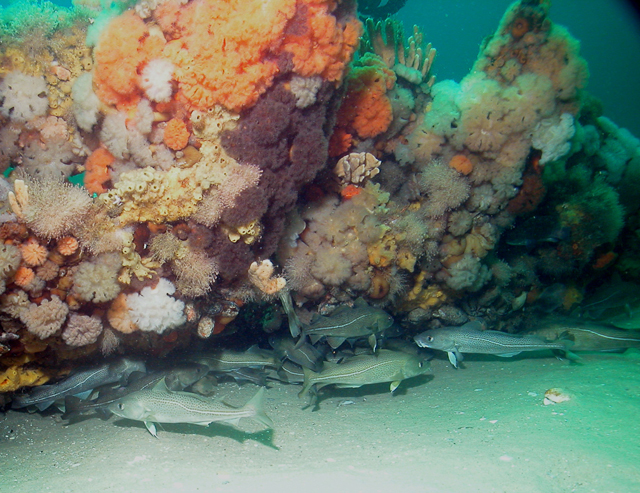
Overfishing of Atlantic Cod Likely Did Not Cause Genetic Changes
Overfishing likely did not cause the Atlantic cod, an iconic species, to evolve genetically and mature earlier, according to a study led by Rutgers University and the University of Oslo – the first of its kind – with major implications for ocean conservation.
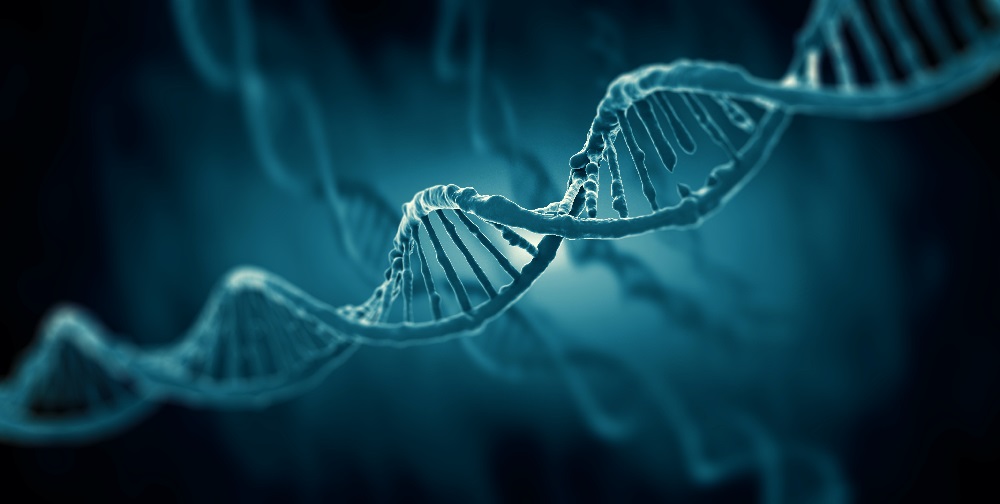
Researchers Develop New Method for Identifying Mutational Signatures in Cancer
Researchers at the Johns Hopkins Kimmel Cancer Center used machine learning techniques to detect mutational signatures in cancer patients. Their algorithm outperformed the current standard of analysis and revealed new mutational signatures associated with obesity, which is believed by cancer prevention experts to be becoming the most significant lifestyle factor contributing to cancer in the U.S. and most of the Western world.
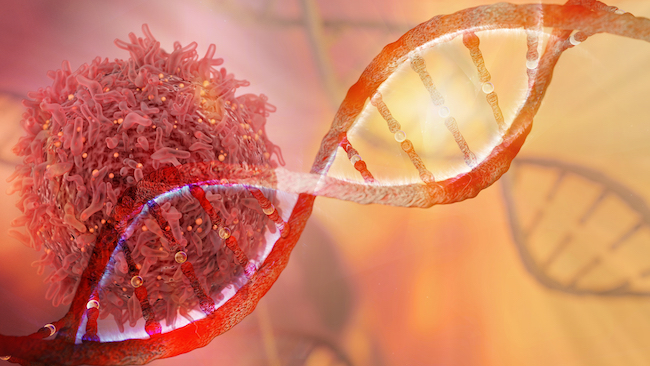
A clue to how some fast-growing tumors hide in plain sight
Viruses churn out genetic material in parts of the cell where it’s not supposed to be. Cancer cells do too. A new study shows that a tumor-suppressor enzyme called DAPK3 is an essential component of a multi-protein system that senses misplaced genetic material in tumor cells, and slows tumor growth by activating the fierce-sounding STING pathway.

CU Cancer Researcher Wins Two Awards to Study Drug-Resistant Cancer Cells
Sabrina L. Spencer, PhD, is a CU Boulder researcher and CU Cancer Center member. Spencer recently won the Damon Runyon-Rachleff Innovation Award and the Emerging Leader Award. She will use the grants to continue her research on drug resistance in cancer cells.
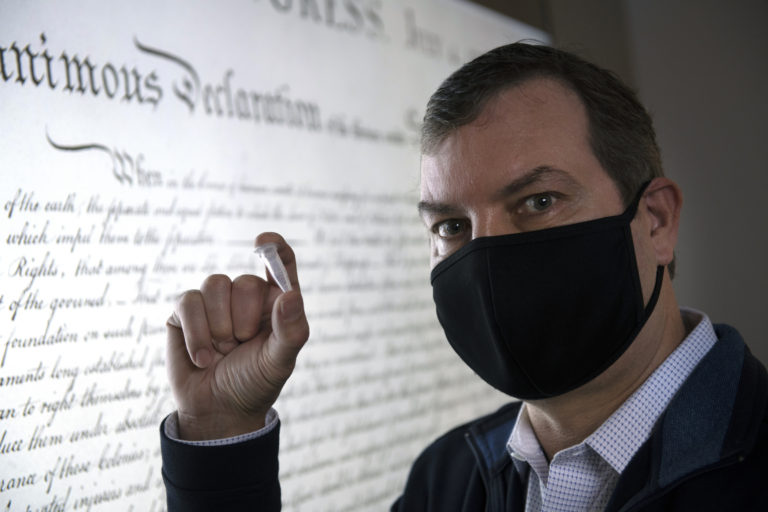
John Chaput can store the Declaration of Independence in a single molecule
Just how much space would you need to store all of the world’s data? A building? A block? A city? The amount of global data is estimated to be around 44 zettabytes. A 15-million-square-foot warehouse can hold 1 billion gigabytes, or .001 zettabyte. So you would need 44,000 such warehouses – which would cover nearly the entire state of West Virginia.
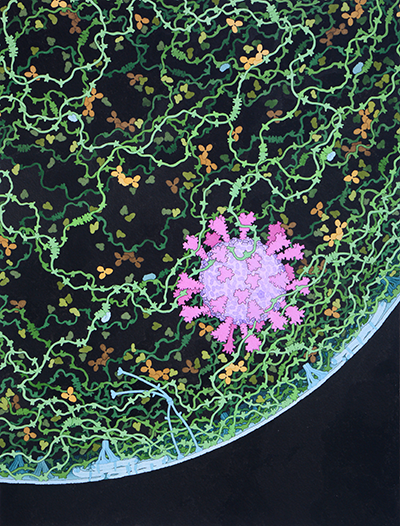
More than 1,000 SARS-CoV-2 Coronavirus Protein 3D Structures Available
New Brunswick, N.J. (March 3, 2021) – The 3D structures of more than 1,000 SARS-CoV-2 coronavirus proteins are freely available from the RCSB Protein Data Bank headquartered at Rutgers University–New Brunswick. The data bank reached the milestone this week, with 1,018 proteins as…
Researchers watch anti-cancer drug release from DNA nanostructures in real time
A team of researchers from Finland and Germany have found a way to study the endonuclease-driven digestion of drug-loaded DNA nanostructures in real time. As the team investigated the binding of anti-cancer drug doxorubicin (Dox) to the DNA structures in great detail, they discovered that the majority of previous studies have vastly overestimated the Dox loading capacity of DNA origami.
Mount Sinai Researchers Identify Mechanisms That Are Essential for Proper Skin Development
Mount Sinai researchers have discovered that Polycomb complexes, groups of proteins that maintain gene expression patterns, are essential for proper skin development, according to a paper published in Genes & Development on February 18.
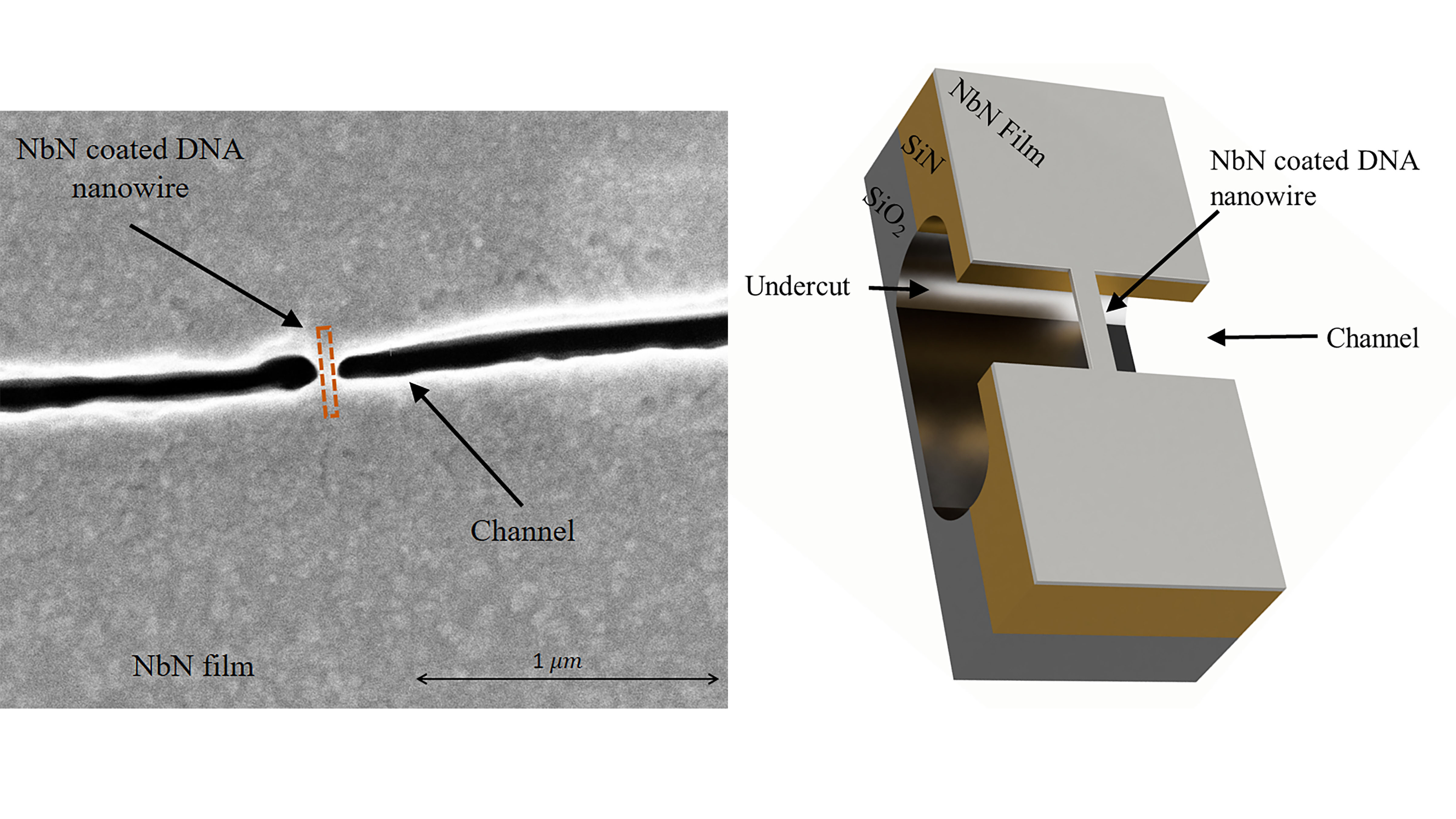
DNA Origami Enables Fabricating Superconducting Nanowires
In AIP Advances, researchers describe how to exploit DNA origami as a platform to build superconducting nanoarchitectures. The structures they built are addressable with nanometric precision that can be used as a template for 3D architectures that are not possible today via conventional fabrication techniques. Inspired by previous works using the DNA molecule as a template for superconducting nanowires, the group took advantage of a recent bioengineering advance known as DNA origami to fold DNA into arbitrary shapes.
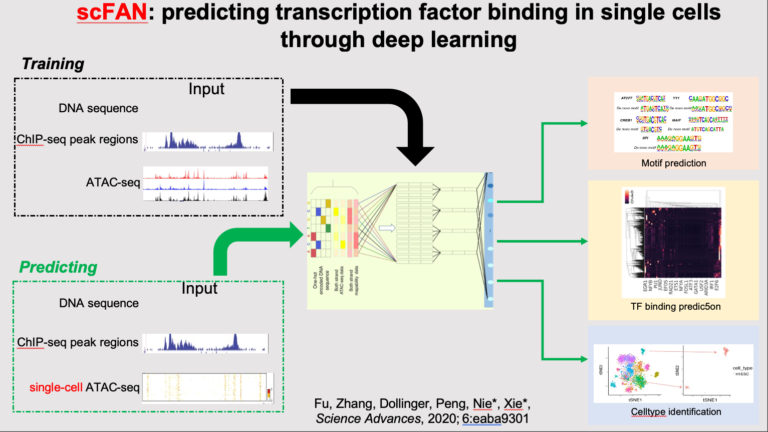
UCI researchers use deep learning to identify gene regulation at single-cell level
Irvine, Calif., Jan. 5, 2021 — Scientists at the University of California, Irvine have developed a new deep-learning framework that predicts gene regulation at the single-cell level. Deep learning, a family of machine-learning methods based on artificial neural networks, has revolutionized applications such as image interpretation, natural language processing and autonomous driving.

Discovery: How Colorado Potato Beetles Beat Pesticides
New research shows that pesticide alter how Colorado potato beetles manage their DNA. These changes were passed down two generations suggesting that rapid resistance to pesticides may not require beetles to evolve their genetic code. Instead they may simply use existing genes to tolerate toxins already found in potatoes. The scientists were surprised that these epigenetic changes, triggered by a single tiny dose of pesticide, were maintained through multiple rounds of sexual reproduction.
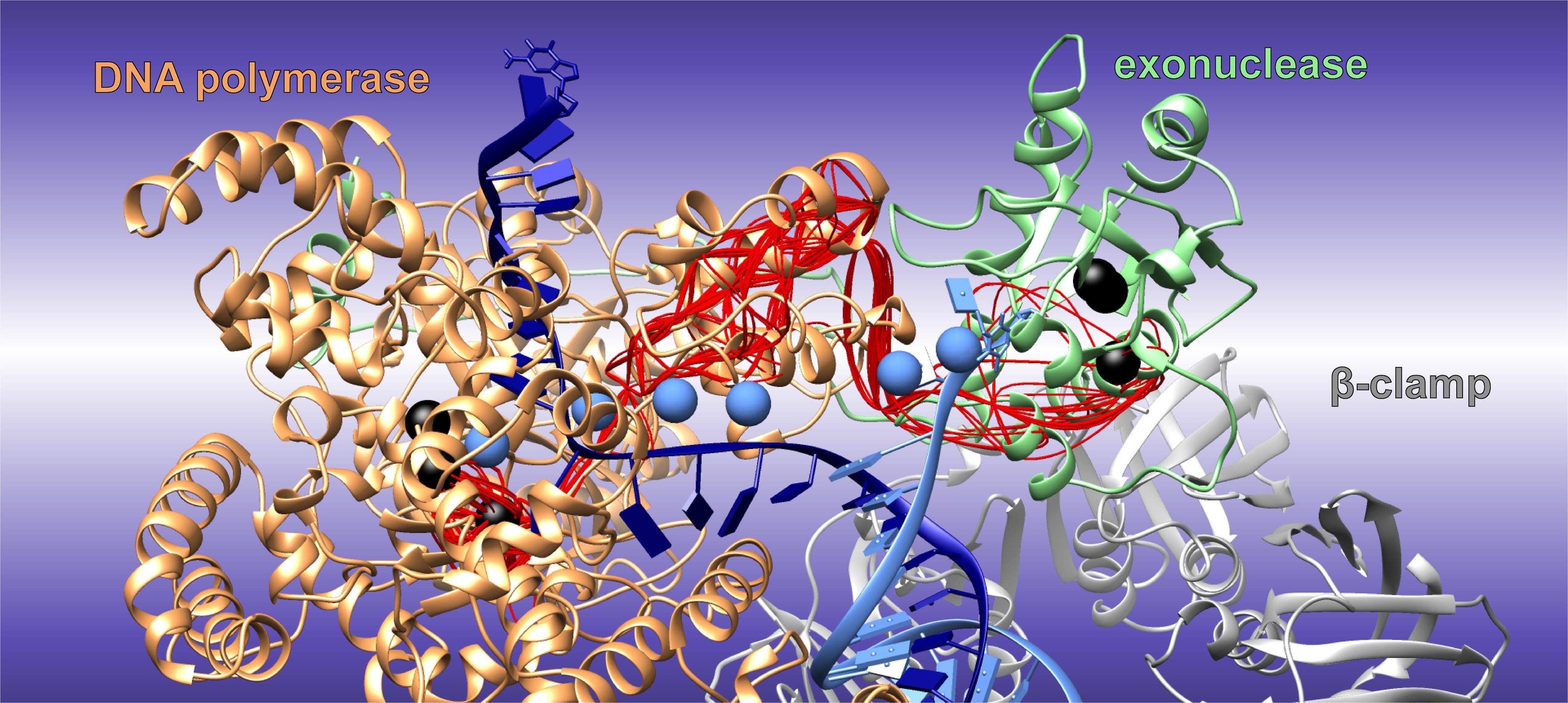
Simulations Reveal Nature’s Design for Error Correction During DNA Replication
A Georgia State University team has used the nation’s fastest supercomputer, Summit at the US Department of Energy’s Oak Ridge National Laboratory, to find the optimal transition path that one E. coli enzyme uses to switch between building and editing DNA to rapidly remove misincorporated pieces of DNA.
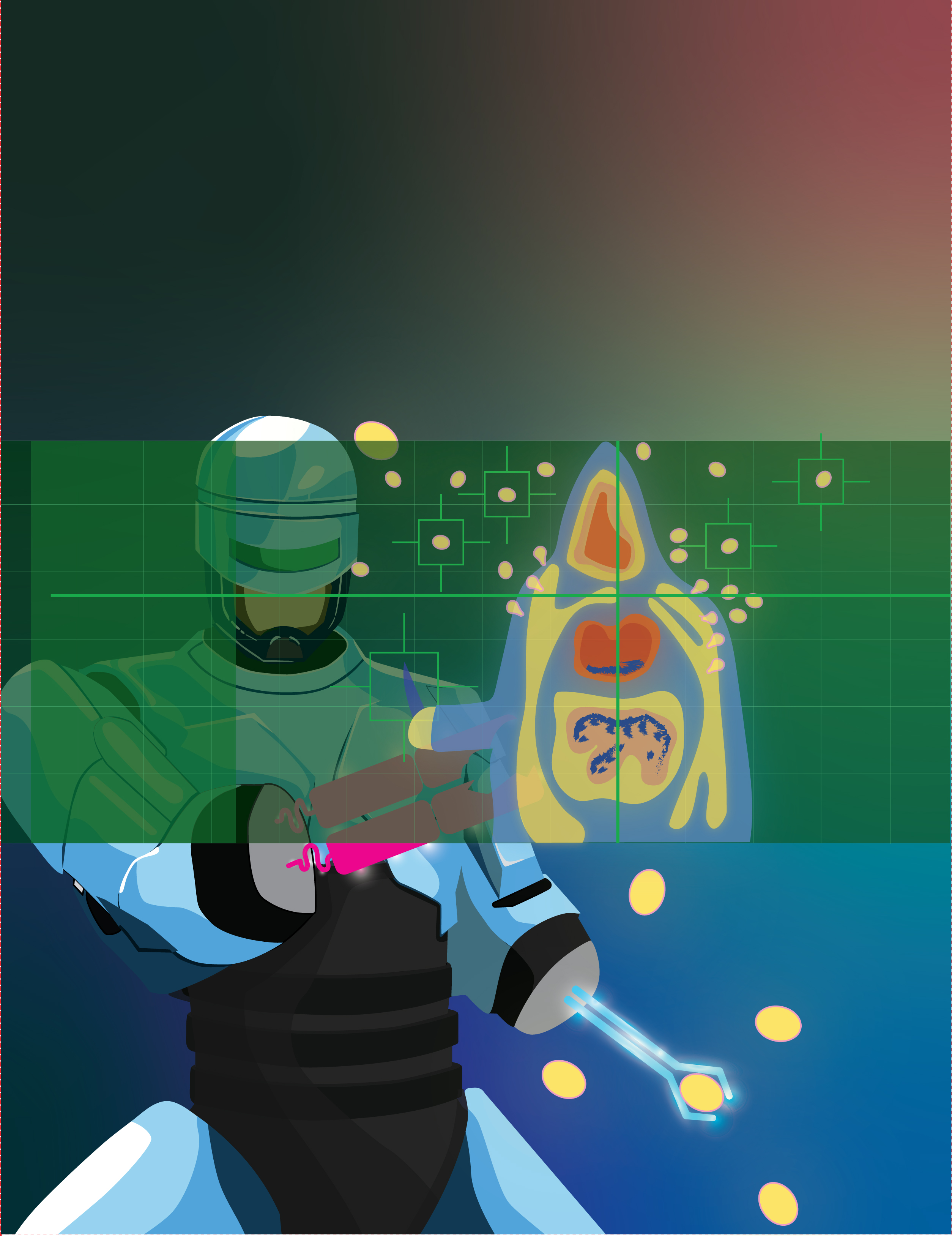
Errant DNA Boosts Immunotherapy Effectiveness
DALLAS – Dec. 17, 2020 – DNA that ends up where it doesn’t belong in cancer cells can unleash an immune response that makes tumors more susceptible to immunotherapy, the results of two UT Southwestern studies indicate. The findings, published online today in Cancer Cell, suggest that delivering radiation – which triggers DNA release from cells – before immunotherapy could be an effective way to fight cancers that are challenging to treat.
Advancing Gene Editing With New CRISPR/Cas9 Variant
Researchers report the ability to improve safety and efficacy using a CRISPR-Cas9 variant known as miCas9.
Rutgers Expert Can Discuss AI Advances Linked to RCSB Protein Data Bank
New Brunswick, N.J. (Dec. 3, 2020) – Stephen K. Burley, director of the RCSB Protein Data Bank headquartered at Rutgers University–New Brunswick, is available for interviews on how the bank’s 50 years of data on the 3D biomolecular structures of life and artificial intelligence can lead…